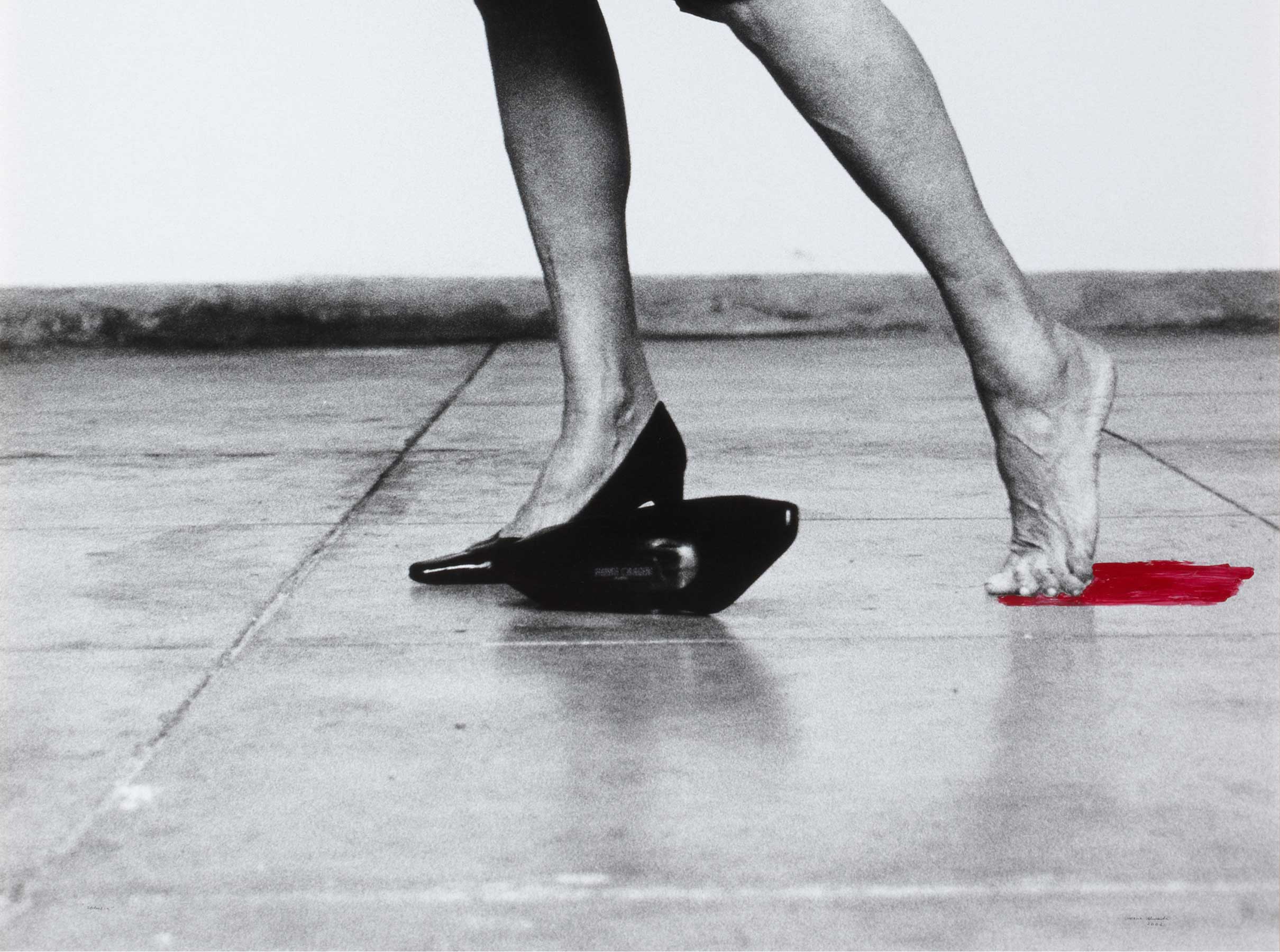Tomás Castellano y Villarroya
- 1904
- Oil on canvas
- 129 x 95 cm
- Cat. P_236
- Comissioned from the artist in 1903
Some portraits of governors from the late 19th century depicted them in street clothes or uniforms other than their official attire, but this picture shows the stubborn insistence on maintaining the latter. It is actually one of the most striking in this regard: the sash and the Grand Cross of the Order of Isabella the Catholic are featured, and great prominence is given to the copious, gilded embroidery with its ‘eyes of Argos’ theme on the breast and sleeves, in this case set against a bright red field. The sword in the sitter's left hand and his upward gaze, directed away from viewers, complete a portrait redolent with the attributes and attitudes of power.
Governor of the Banco de España 1903 - 1904
Tomás Castellano y Villarroya came from an upper middle-class Zaragoza family. He studied Law and Philosophy and Letters, and graduated with excellent grades. In 1870 he joined the Board of Directors of the family banking house of Villarroya-Castellano, the forerunner of Banco de Aragón (1910). Politically, he was a conservative. In 1878 he was elected as Member of Parliament for Ejea de los Caballeros and held the seat until his death in 1906.
Tomás Castellano clearly represented the political influence of local oligarchies in the late 19th century. His efforts brought major economic benefits to the Aragon region, including the building of the Canfranc railway line, schools and charitable institutions, the Mezalocha and La Peña reservoirs and the El Pilar and Gallur bridges. He promoted agricultural and livestock-related businesses in Aragon (flour mills, sugar mills, vineyards, meat plants. He also set up new industrial firms such as paper mills and chemical plants, on whose boards of directors he often sat. He owned the El Diario de Zaragoza newspaper, which helped him extend his influence on public opinion.
He was a follower and close friend of Cánovas del Castillo, who made him Minister for Overseas Affairs in the government that he formed in March 1895. He became Treasury Minister in August 1897 in the cabinet led by General Marcelo Azcárraga. His appointment as Governor of the Banco de España in December 1903 reflected the prestige that he had earned in financial matters and banking in Aragon, where he had redirected operations to reduce the number of notes in circulation and promote development by expanding loans and encouraging domestic labour. He served as Treasury Minister from December 1904 to January 1905, but his mandate was so short that he had little chance to bring his experience and capabilities to bear in any visible way. He was the only member of the cabinet who was with Cánovas when the latter was assassinated at the Santa Águeda spa in 1897.
Other works by Salvador Martínez Cubells

